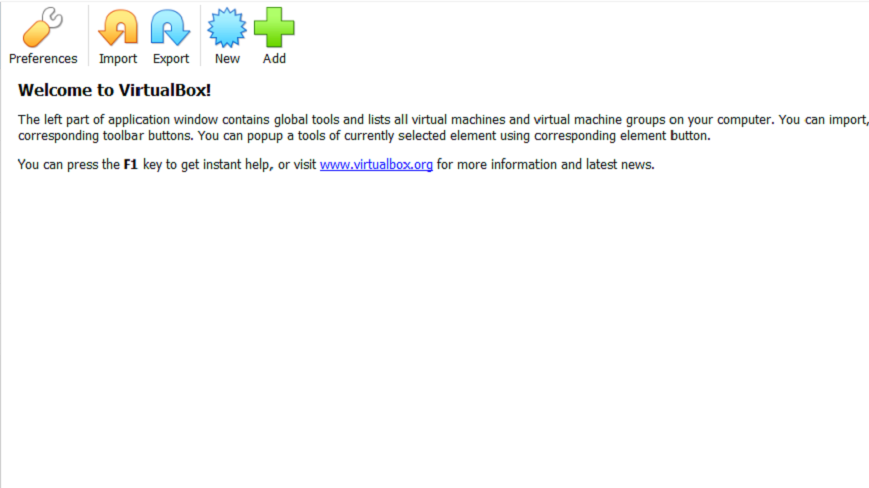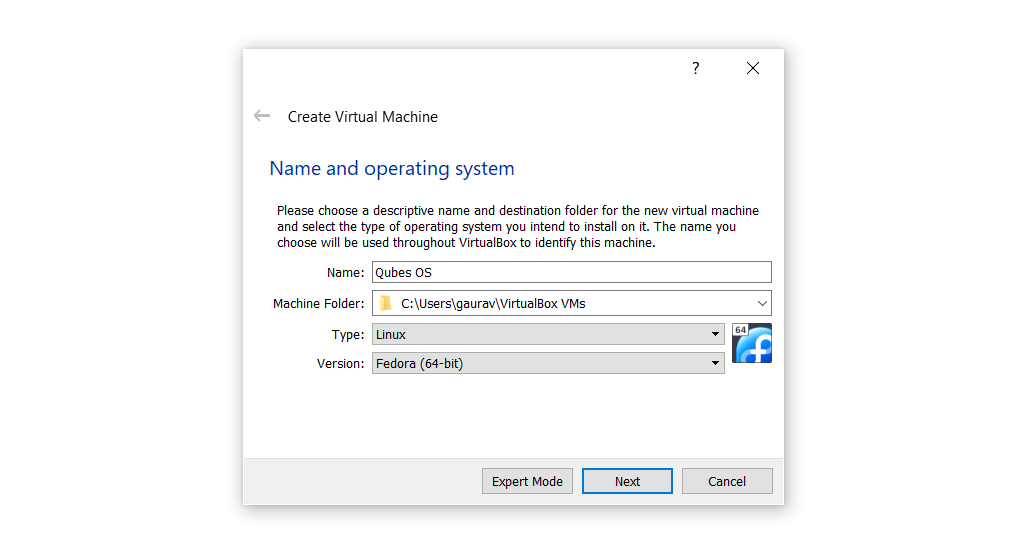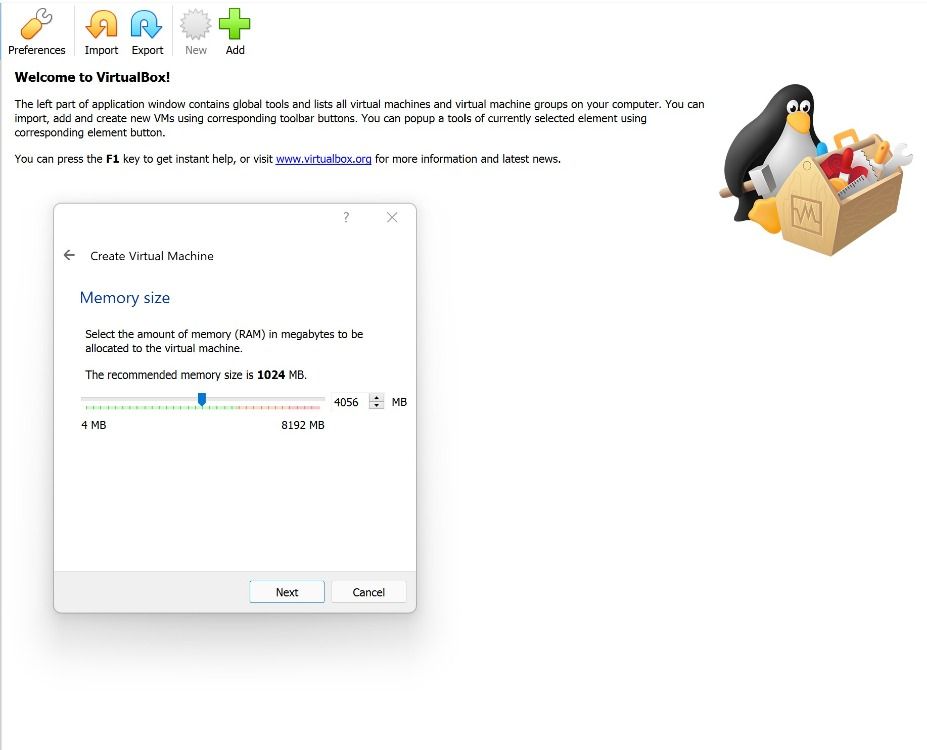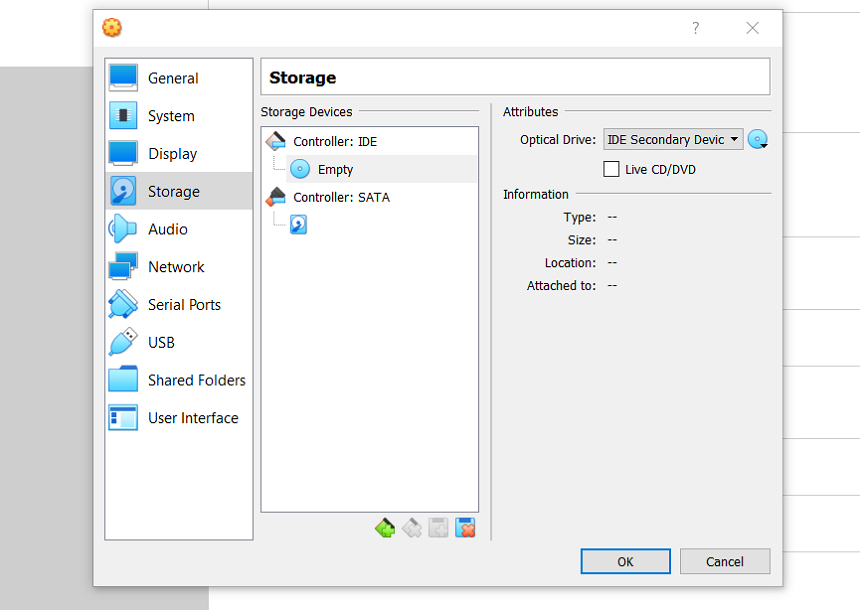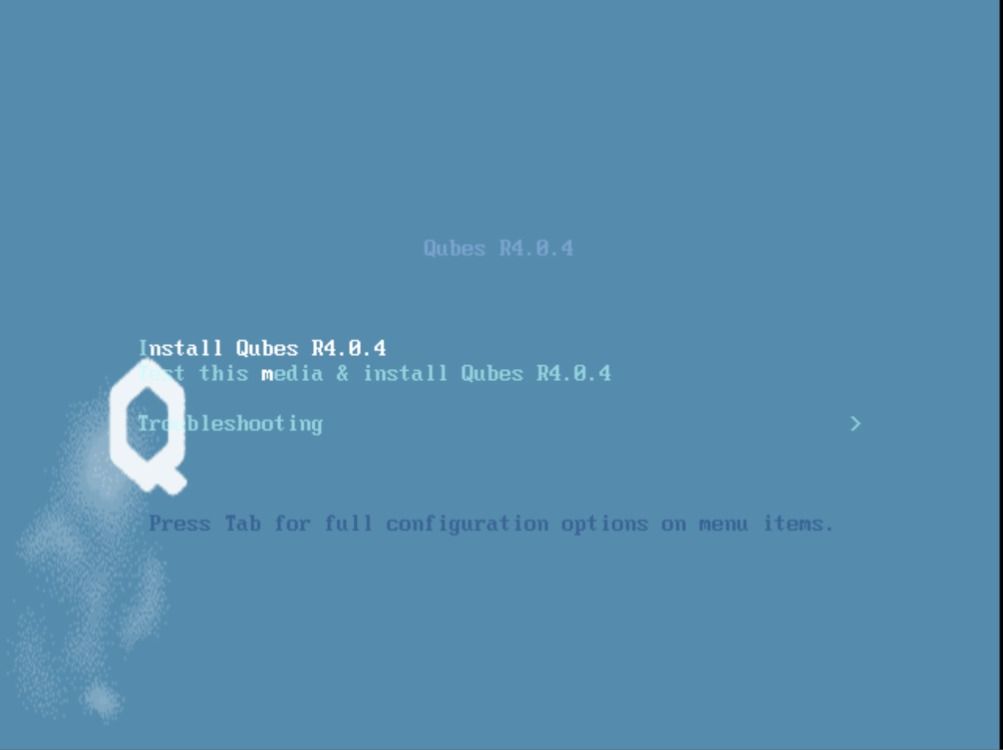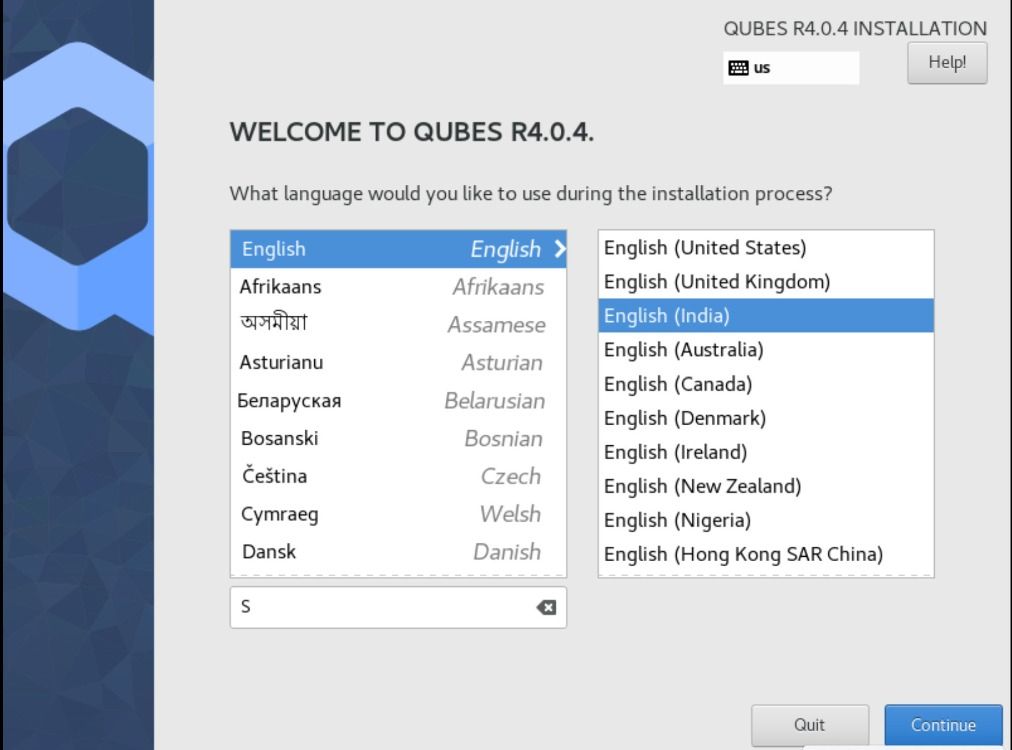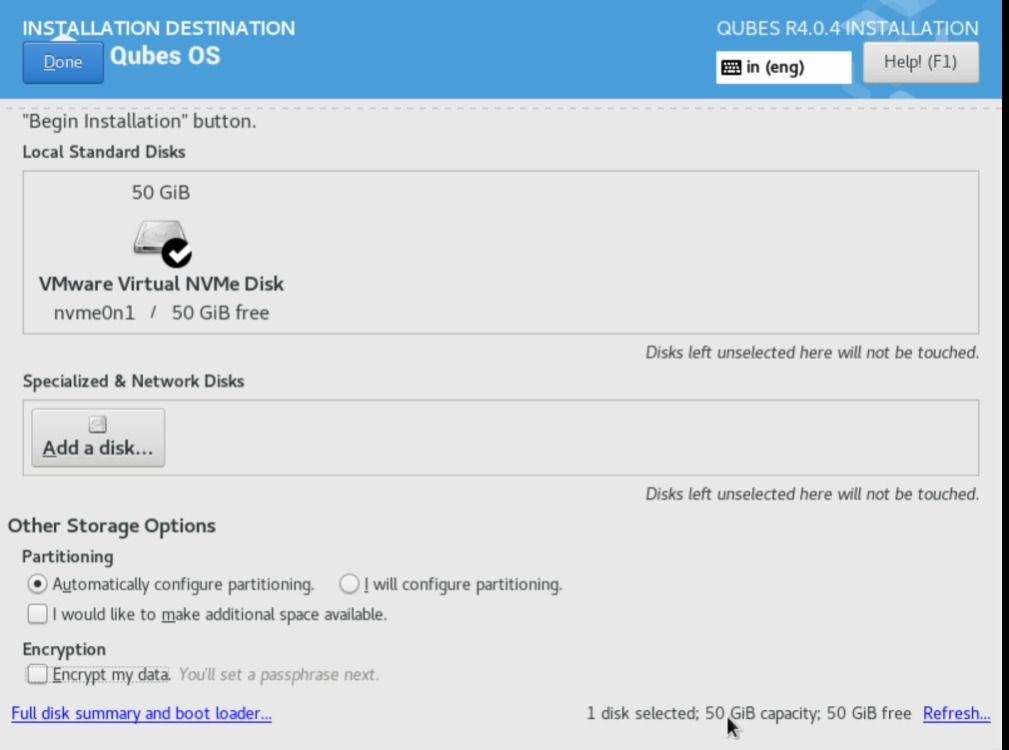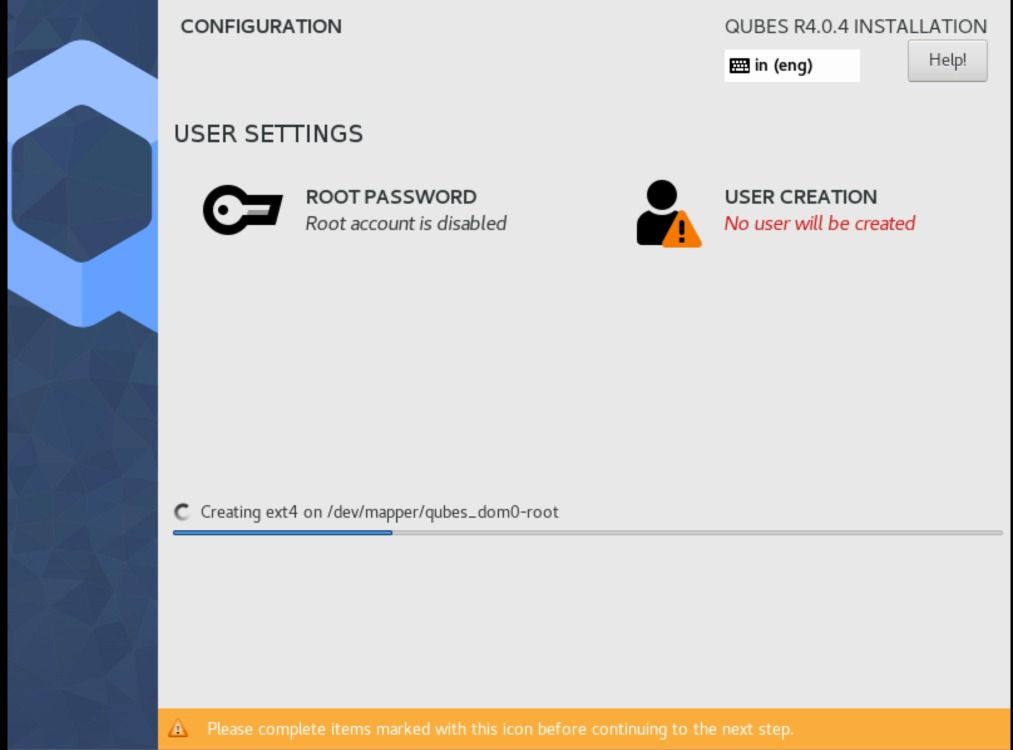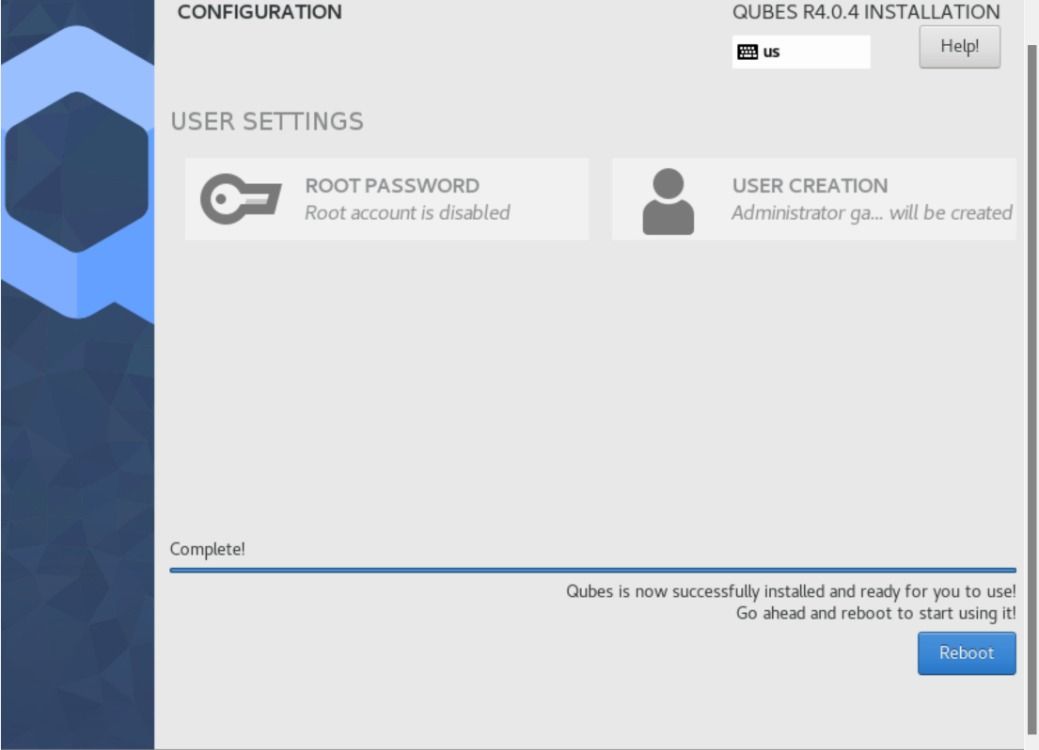If you are really conscious about security and don’t want to spend your money on expensive software, then Qubes OS is the answer to all your security woes.
Qubes, as an operating system, works in isolation. It creates isolated compartments, all of them based on Xen-based virtualization technology.
This helps in the creation and management of "qubes" (isolated compartments). Each individual qube limits the interactions between software and hardware, to enhance the concept of security delivery.
In this guide, the intent is to help you install the latest version of Qubes OS on Oracle VirtualBox.
Pre-Requisites for Installing Qubes OS
You'll need Oracle VirtualBox for creating a virtual machine. If you don’t already have VirtualBox installed on your system, you can download the latest version from the official website.
Download: VirtualBox
Another important prerequisite is the Qubes OS installation image. Head over to qubes-os.org and download the latest ISO version to proceed.
Step 1: Creating a New Virtual Machine for Qubes OS
Once you have downloaded the Qubes ISO image, it's time to launch VirtualBox and begin setting up a new virtual machine.
Within VirtualBox, you need to click on the New option to bring up the configuration options. This step allows you to start loading up the functions for your new virtual environment.
In the following screen, enter the name of your virtual machine. For convenience, it's always best to keep a name related to the distro you are installing.
If the Type option is not auto-populated with Linux, you can select it manually from the drop-down menu. Additionally, choose Fedora (64-bit) in the Version category, as Qubes OS is a Fedora-based distribution.
As soon as you move on to the next screen, you need to allocate the memory for your new virtual machine. Shift the cursor or enter 4056 (MB) manually into the corresponding field. Then, click on Next.
On the next screen, choose Create a virtual hard disk now from the list of available options and click Create. Then, select VDI as the Hard disk file type. Click on Next to move to the next screen.
For storage on a physical hard disk, leave at the default value, i.e. Dynamically allocated. Press Enter to proceed.
On the subsequent screen, you would need to define the File location and size of your virtual environment. Under file location, the path you specify will become the host folder where VirtualBox will store the data associated with the OS. If the default path is incorrect, you can change it to another folder location.
In the size slider, you can choose between 4MB to 2TB. Depending on your system's configurations, select the value as desired. For installation, 8GB is the minimum recommended size.
Once you click on Create, the initial configurations will be complete. However, remember you have not defined the path from where the virtual machine will load the ISO image. Before launching the newly created machine, updating the ISO path is essential.
To do so, click on the Settings icon or right-click on the newly created machine, followed by Settings. Then, click on the Storage option from the left sidebar.
Under the Controller: IDE option, select Empty. Under the Attributes header on the right-hand side, click on the disc icon to load the ISO image. Select Choose a disk file from the drop-down menu.
In the following pop-up, you can define the path where the ISO image is stored so that the virtual machine can use it during the boot-up session. Click on Ok once the path is updated.
You can now power up the machine, as all the configurations are finally completed.
Step 2: Installing Qubes OS on the Virtual Machine
On the left panel, you will notice a virtual machine icon, with Fedora's logo and the virtual machine's name (Qubes OS) defined clearly. Double click on this button to power the machine.
As the machine loads, you will be prompted with several options. Select the first option Install Qubes R4.0.4. There will be a few internal configurations as the machine loads up files for installation.
On the welcome screen, choose the language according to your preference. You can use the arrow keys to navigate through the options. Click on Continue once you have selected a preferred language.
Once you reach the Installation Summary screen, click on the Installation Destination option under the System header.
Scroll to the bottom of the screen, and uncheck the option Encrypt my data.
Click on the Done button at the top.
You can start the installation by clicking on the Begin Installation option available on the Installation Summary screen. As soon as you click on the button, the installation process will begin. On the same screen, you will also have two additional buttons: Root Password and User Creation.
If you need a root user, you can set the details as needed. Alternatively, you can enter user details for additional users in the User Creation section, along with the password for accessing the system post-installation.
It will take a few minutes for the installation to complete with the required details. Once the installation is complete, you need to restart your system for the changes to take effect.
Once your system restarts, you will see an initial installation message: QUBES OS. Uncheck the following sub-options before you power your machine:
- Enable system and template updates over the Tor anonymity network using Whonix
- Use sys-net qube for both networking and USB devices
- Do not configure anything (for advanced users)
Click on Finish Configuration.
As soon as you reboot, the system will present you with a login screen, wherein you need to enter the username and password you set before. That's it; you are all set for working on your very own secure Qubes OS environment.
Completing the Installation of Qubes OS
Qubes OS might not be a well-known Linux distro, but nevertheless, it is one of the most secure Linux distros available in the open-source market. By following these installation steps, you can safely install Qubes OS on VirtualBox with ease.
A Linux server is a lot different than a desktop. You need to install all the tools and utilities required to maintain the server's security.


